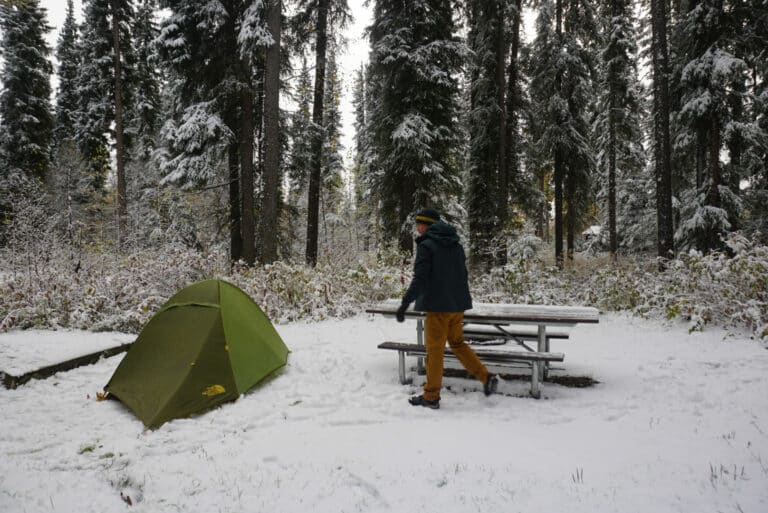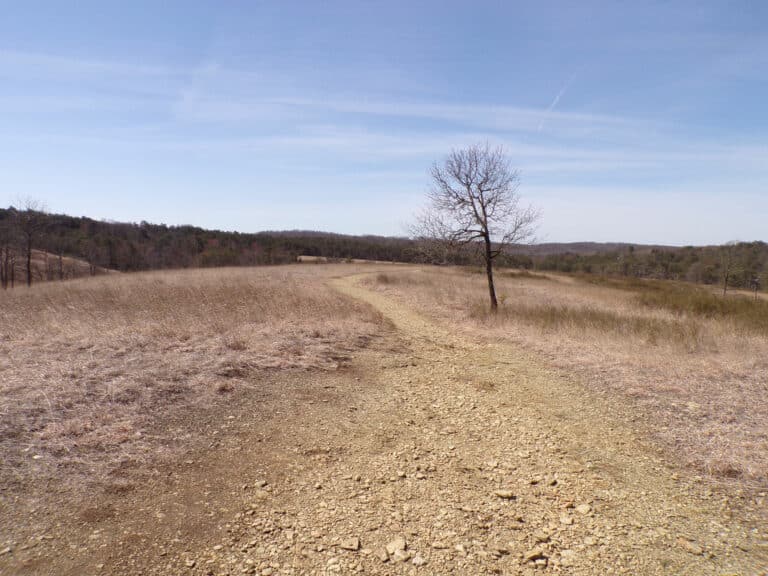Photo courtesy Virginia Department of Game and Inland Fisheries
By Jessica Porter
Great Smoky Mountains National Park and Shenandoah National Park are two of the most densely bear-populated sections of the trail. Yet very few bear-related incidents occur in these popular parks each year. “We’ve had no human bear conflicts in 30 years,” says Karen Beck-Herzog, public affairs officer and lands coordinator for Shenandoah National Park.
But there was one fatal encounter that occurred in the Smokies in 2004. Young bears that are recently away from their mothers’ care are more prone to act predatory, especially in the spring when food can be challenging to find, which was the case in this situation, says Dana Soehn, management assistant of public affairs for Great Smoky Mountains National Park. Situations like these are very rare: 9 million people visit the Smokies every year.
Though black bears in the Southeast don’t fully hibernate and are active all year, hikers most often report bear encounters in the spring and the fall, says Laurie Potteiger, information services manager of the Appalachian Trail Conservancy. In the spring, black bears are just waking up from winter and looking for food. Much of their food is not available yet, so they are very active foraging. In the fall, they are preparing for the winter and on the hunt for acorns, making sightings common.
Improper food storage is one of the most common ways to wind up with an unwanted bear encounter. Hang food from a tree limb approximately 10 feet high and 6 feet from the tree. “If the bag is hung too low, you completely defeat the purpose of it,” says Potteiger. She advises that all food and scented items, including toiletries, should go in the bag.
The parks use aversive conditioning—including noisemakers, firecrackers, and pellet guns— to discourage troublesome bears from becoming habituated to humans. “We want to keep our bears wild; we don’t want them to feel comfortable approaching people,” says Soehn.
In the Smokies, there are typically about 20 bears per year not deterred by these methods, says biologist Bill Stiver. The park will then capture the bear and remove a tooth to tag it and document its health and age, hoping the process is so unpleasant that it will work as a greater deterrent. If the bear returns after being released, it’s captured again and moved to a more isolated location.
If a bear gets too close…
Make noise and spread your arms to look as big as possible.
Back up slowly to create space between you and the bear.
Don’t look it in the eye.
In the extremely rare case that the bear acts aggressively, stand your ground and do not run.
If it attacks, fight back using any weapon (like trekking poles or rocks) that you can find.








